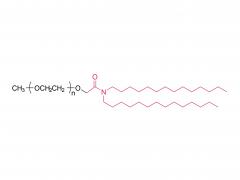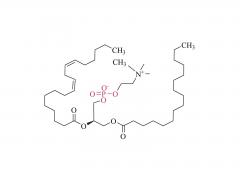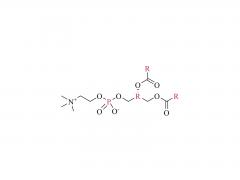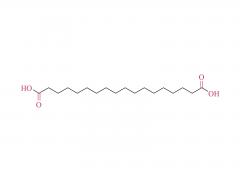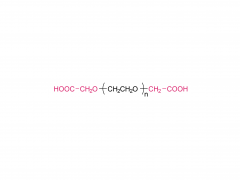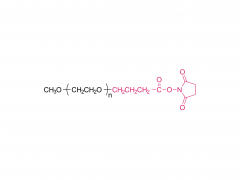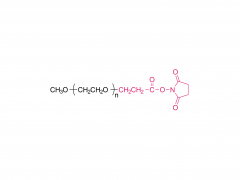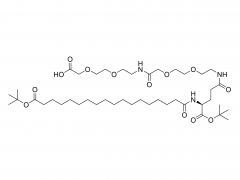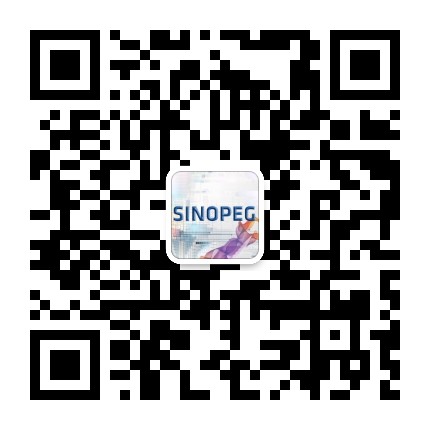H₂N-PEG₃-CH₂CH₂NH₂ is a diamino polyethylene glycol derivative, and its chemical structure is as follows:
Amino group (-NH₂) : Each end of the molecule contains a free amino group, providing reactive sites.
Polyethylene glycol chain (PEG₃) : Composed of three ethylene glycol units (-CH₂CH₂O-), it serves as a hydrophilic spacer arm.
Divinyl chain (-CH₂CH₂-) : A hydrophobic spacer group connecting two amino groups.
Molecular weight: Approximately 192 Da (calculation formula: 44 Da/ ethylene glycol unit × 3 + contribution of amino and other groups).
2. Physical and chemical properties
Solubility: It is readily soluble in water and polar organic solvents (such as DMSO, DMF), thanks to the hydrophilicity of the polyethylene glycol chain.
Biocompatibility: Low toxicity and low immunogenicity, suitable for biomedical applications.
Reactivity: Amino groups can participate in acylation, alkylation, condensation and other reactions, and are used for the synthesis of functional molecules.
3. Main application fields
(1) Drug delivery system
Function: As a drug carrier, it forms stable complexes by coupling drug molecules, enhancing targeting and bioavailability.
Advantages: Polyethylene glycol chains reduce protein adsorption and prolong drug circulation time; Diaminogroups support multivalent coupling.
(2) Biosensor
Construction: Coupling biomolecules (such as enzymes, antibodies) to amino groups for the detection of specific analytes.
Signal amplification: Double amino groups can introduce multiple signal molecules, enhancing detection sensitivity.
(3) Materials Science
Polymer synthesis: As an intermediate, it is used to prepare polymer graft compounds or functional coatings.
Nanomaterials: Modify the surface of nanoparticles to improve dispersibility and biocompatibility.
(4) Cell culture
Additives: Optimize the environment for cell adhesion and growth, and enhance culture efficiency.
Products: Various Kingds And Grades Of Such Monodispersed Are Readily Avaliable| SINOPEG







